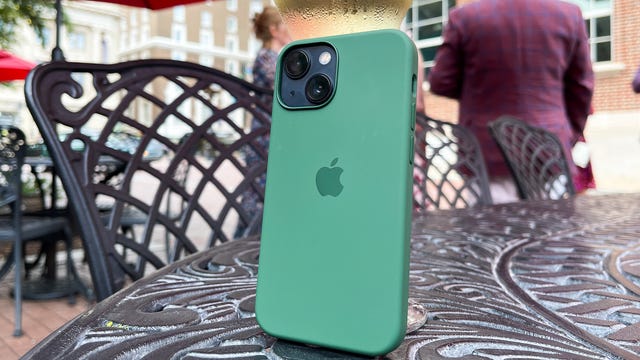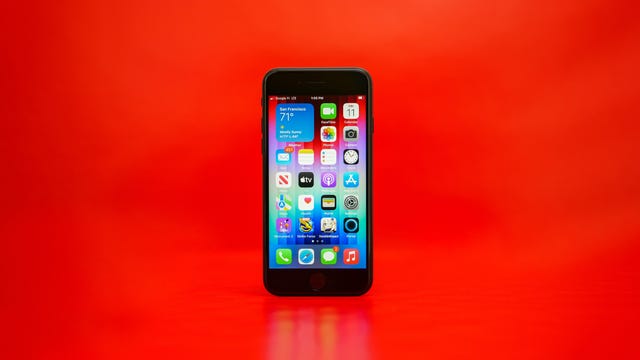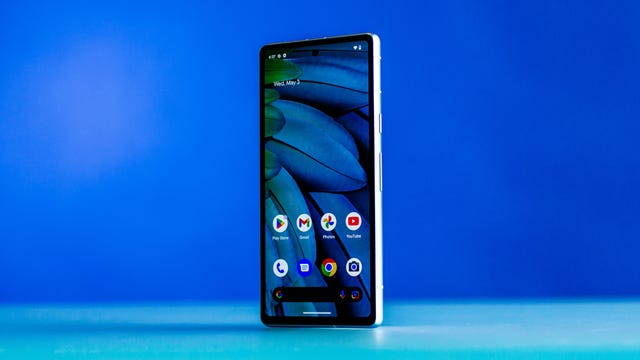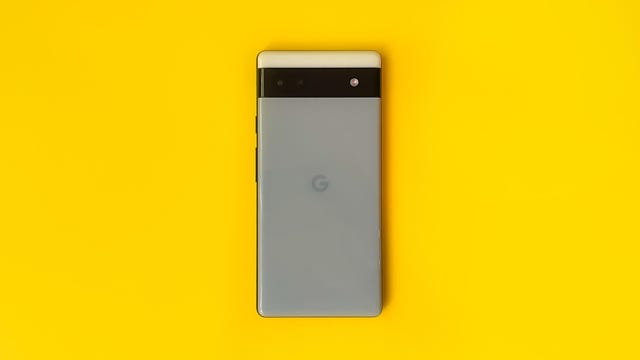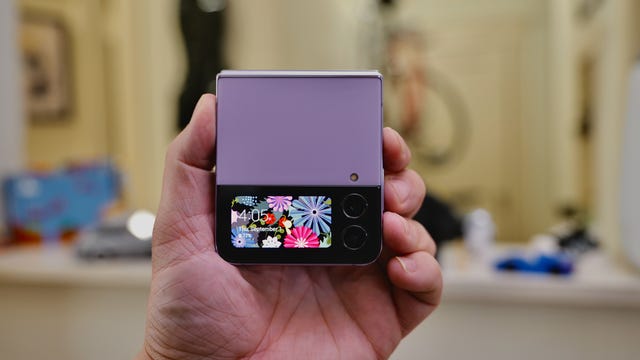Finding a smaller, more compact phone is tough. These days, bigger is apparently better, with pretty much all companies continuing to increase the size of their flagship phones. The new iPhone 14 Pro measures in at 6.03 inches, the Pixel 7 Pro at 6.7 inches and Samsung’s Galaxy S23 Ultra takes it even further, to a whopping 6.8 inches. It makes it hard to believe that Samsung’s original Galaxy Note was once considered a Goliath at just 5.3 inches.
Big screens have their advantages. Top specs and stellar cameras are often packed into those massive bodies, while the sheer size of the screens makes them great for watching videos or playing games on the move. But there’s no escaping the fact that the increase in size has made them more cumbersome to hold and use for anyone with hands smaller than continents. And that’s to say nothing of the embarrassing bulge when you try to shove one into the pocket of your skinny jeans.
Though bigger phones can be better for those of you really into your videos or playing lots of mobile games on the move, there are many of us who’d still prefer a smaller phone that’s easier to type with one-handed.
Advertiser Disclosure
Your options are, I’m sorry to say, limited and getting more so all the time — especially as Apple opted not to refresh its iPhone Mini line after the iPhone 13 Mini, although the 13 Mini is still officially on sale. But there are still some smaller phones to consider, though you may have to sacrifice some features, like longer battery life, wireless charging and better camera performance. Everyone’s definition of “small” is different, and a comfortable size for you may feel uncomfortably large to someone else. If you’re worried about the size, it’s worth trying to get hands-on with a phone at your nearest store.
What’s the best small phone right now?
The best small phone is hands down Apple’s iPhone 13 Mini. Although it lacks the high performance processor and amazing camera skills of the more recent iPhone 14 Pro, it offers great all-round performance for everyday use and its 5.4-inch screen is one of the smallest around.
Best small phones of 2023
While Apple didn’t release an iPhone 14 Mini in 2022, essentially putting a nail in the coffin of the Mini line, the iPhone 13 Mini is still officially on sale directly from Apple. Its 5.4-inch display makes it a fair bit smaller than any in the iPhone 14 range, and actually qualifies it as the physically smallest phone Apple makes. Sure, the iPhone SE 2022 has a smaller display, but it has large bezels around the edges, which makes the whole phone slightly larger.
With pricing that starts at $599, you’ll be paying extra money over the iPhone SE for that more modern design, along with a dual rear camera system that adds an excellent ultra-wide angle to the standard view. It’s a shame Apple hasn’t updated the Mini range this year, but while it’s still being officially sold by Apple, the iPhone 13 Mini is the best smaller phone to consider right now.
Launched last year, Apple’s iPhone SE packs a solid single camera, a potent A15 Bionic chip and 5G support into a body with a display that measures only 4.7 inches. That’s a huge size difference compared with the gargantuan 6.69 inches of the iPhone 14 Pro Max. Using an older design, its large bezels actually mean it’s physically slightly larger than the iPhone 13 Mini, despite having a smaller display.
At $429 it’s the cheapest iPhone Apple makes, but you will have to sacrifice some features including the more impressive multi-camera arrays found on the higher-end models as well as things like Face ID. Still, if you’re after a solid everyday small phone that won’t break the bank, it’s the phone to go for.
Google’s budget phone offering took a leap forward in 2023 with the Pixel 7A, which boasts many of the same benefits as the Pixel 7 but at a cheaper price. At 6.1 inches, it isn’t exactly a tiny phone, but it’s certainly among the smallest Android phones you should consider buying.
Like the Pixel 7, the Pixel 7A runs on Google’s Tensor G2 processor, meaning it has many of the same photo editing and language translation features as its pricier sibling. The Pixel 7A’s 64-megapixel camera also takes excellent photos that will suit casual snappers well.
Though the Pixel 7A has technically replaced the older Pixel 6A, Google is continuing to sell the 6A and it’s even lopping some cash off the asking price. The phone is frequently found for around $350, which is a huge savings over the regular $449 price, so make sure you shop around if you’re looking for a bargain. Like the 7A, its screen measures 6.1 inches, which is just what we have to consider small these days.
It includes 5G connectivity, solid all-round performance and a dual camera system that can take great photos in daylight and at night. It isn’t as generally high performing as the top-end Pixel 7 Pro, but it’s less than half the price of the flagship, so it’s well worth considering if you’re shopping on a budget.
With a 6.7-inch screen size, the Samsung Galaxy Z Flip 4’s screen is way too big to be on this list. But before you slam your fists into your keyboard at my incompetence, hear me out. As one of Samsung’s foldable phones, the Z Flip 4 folds in half, turning that massive screen into a small, square puck that quite comfortably fits into a jacket pocket.
An outer display will alert you to incoming notifications, meaning you only need to unfold it to its full size when you actually want to reply. Sure, it might not be the perfect solution, and with a starting price of $1,000 it’s hardly cheap, but its innovative hinge design might offer you the best of both worlds: a compact form when it’s sitting in your pocket, but a big screen for when you want to use it.
How we test phones
Every phone on this list has been thoroughly tested by CNET’s expert reviews team. We actually use the phone, test the features, play games and take photos. We assess any marketing promises that a company makes about its phones. And if we find something we don’t like, be it battery life or build quality, we tell you all about it.
We examine every aspect of a phone during testing:
- Display
- Design and feel
- Processor performance
- Battery life
- Camera quality
- Features
We test all of a phone’s cameras (both front and back) in a variety of conditions: from outdoors under sunlight to dimmer indoor locales and night time scenes (for any available night modes). We also compare our findings against similarly priced models. We have a series of real world battery tests to see how long a phone lasts under everyday use.
We take into account additional phone features like 5G, fingerprint and face readers, styluses, fast charging, foldable displays and other useful extras. And we, of course, weigh all of our experiences and testing against the price so you know whether a phone represents good value or not.
Read more: How we test phones

